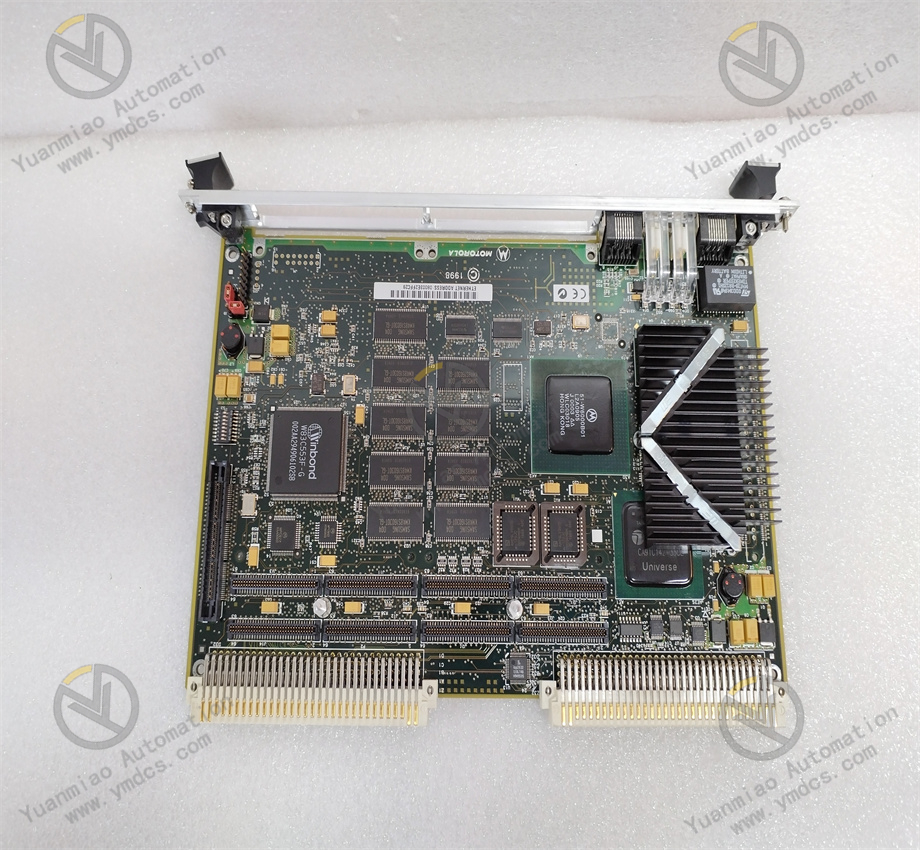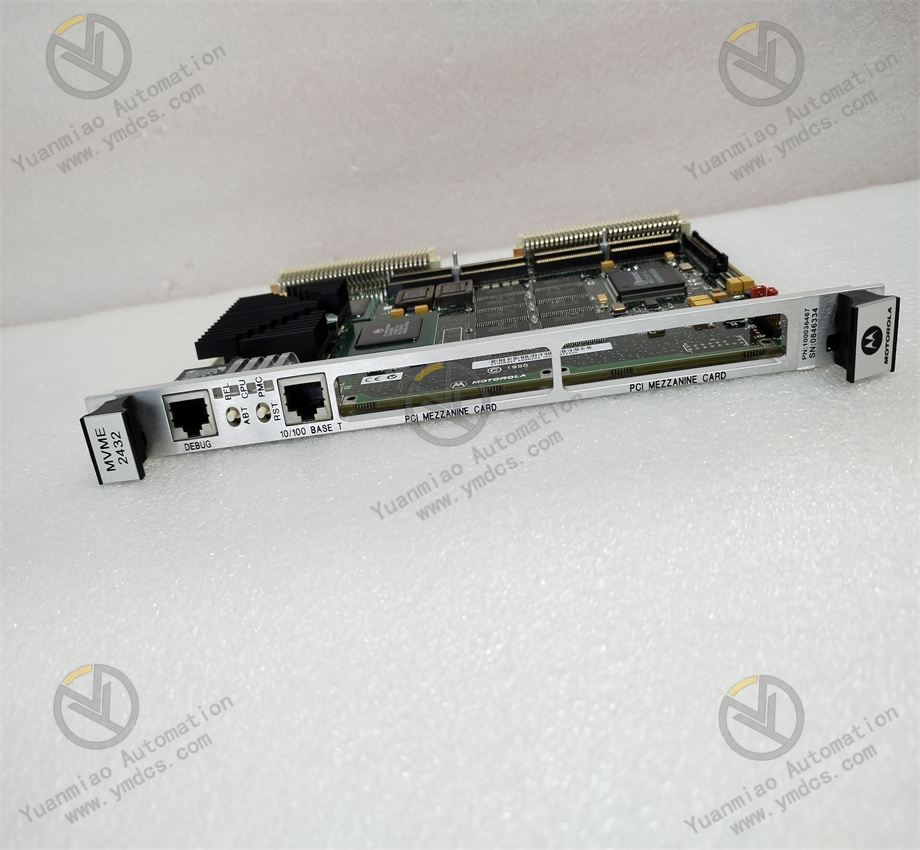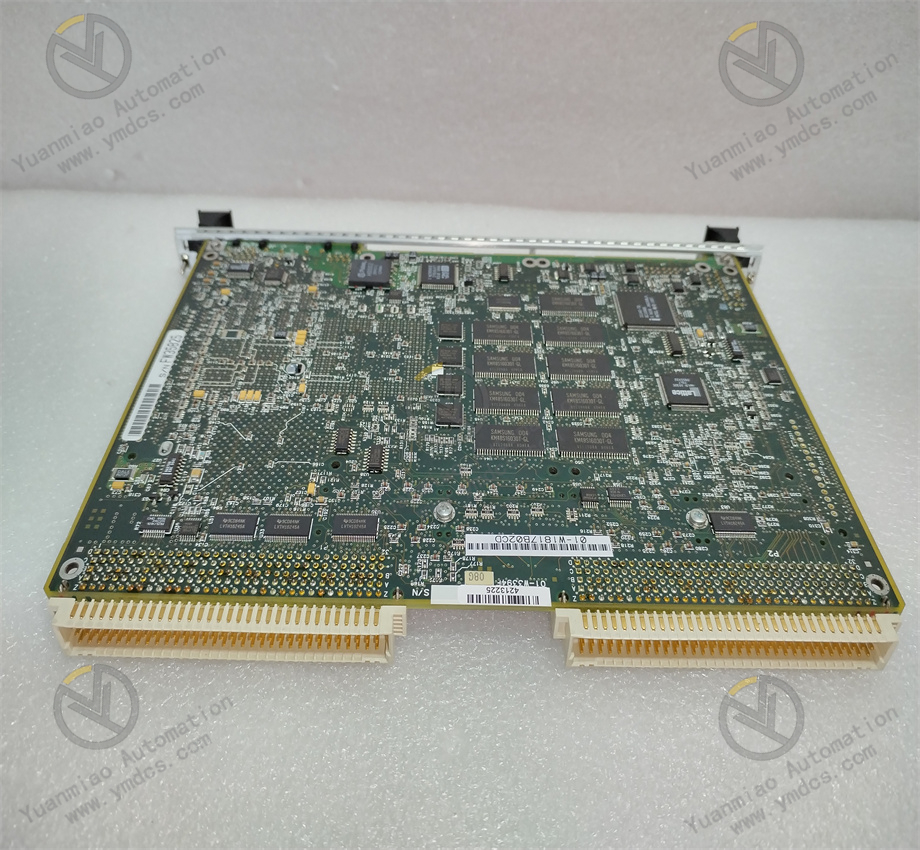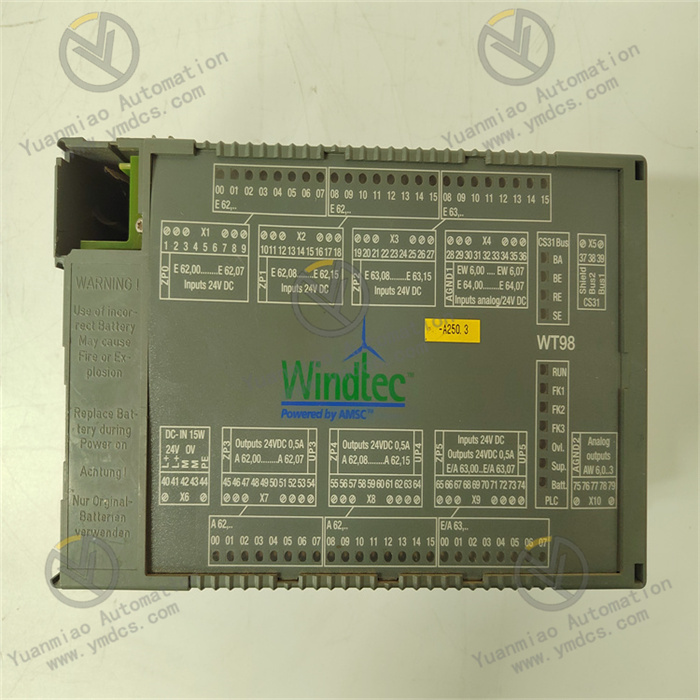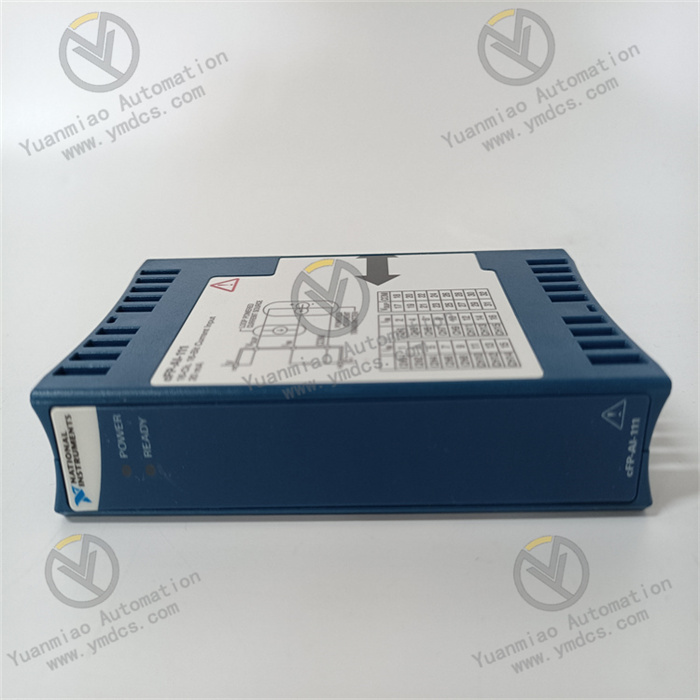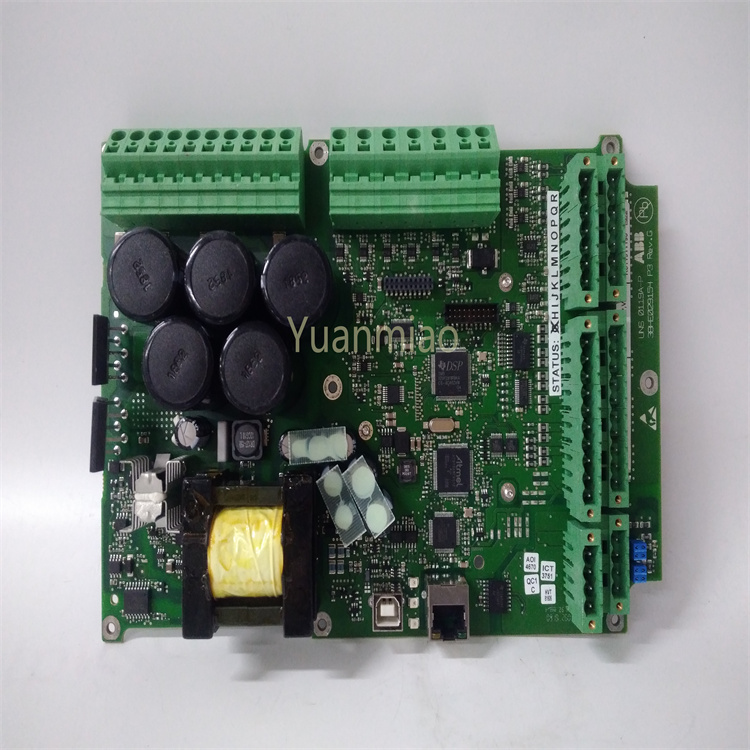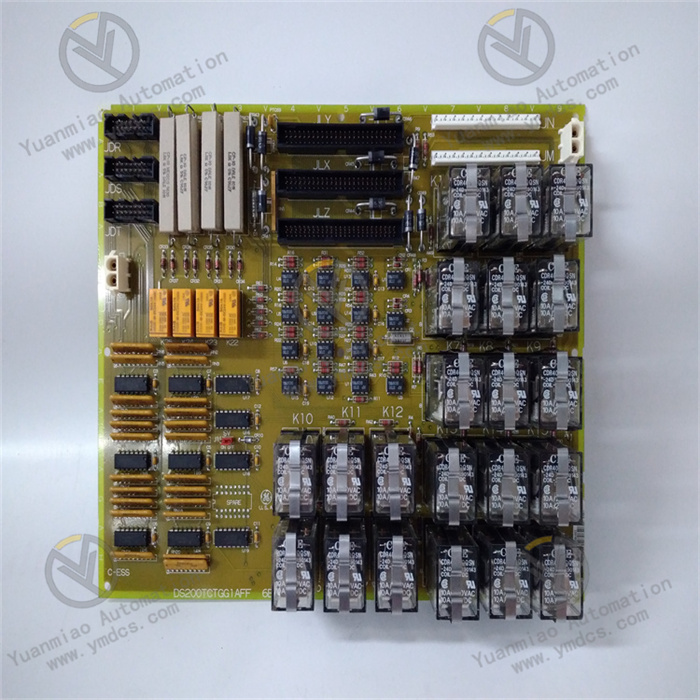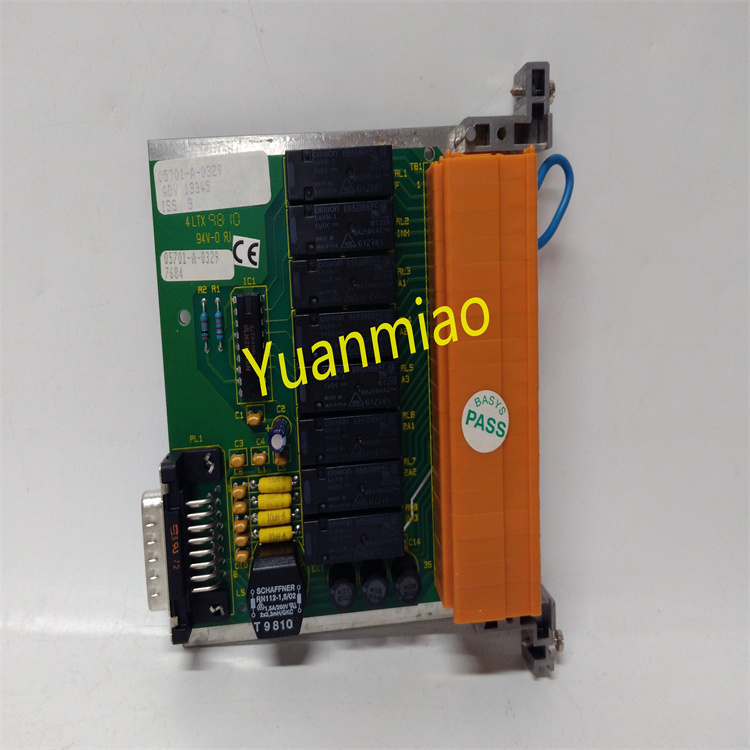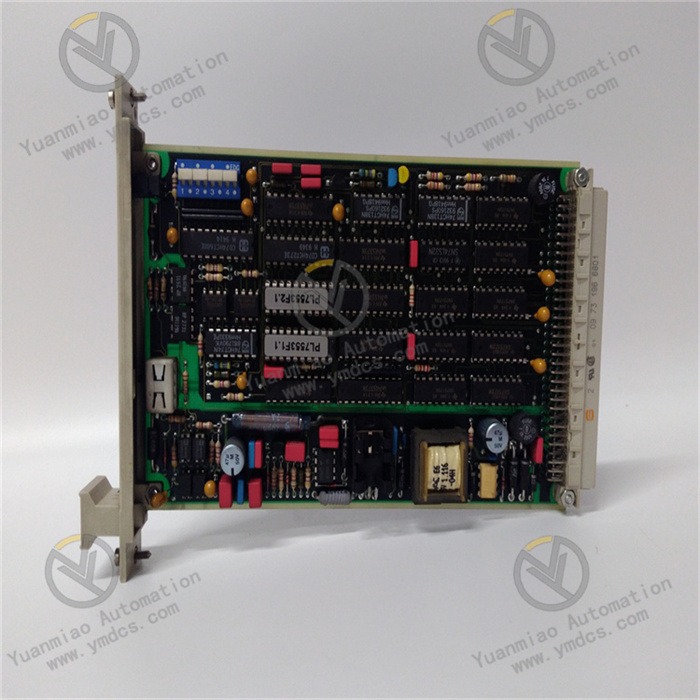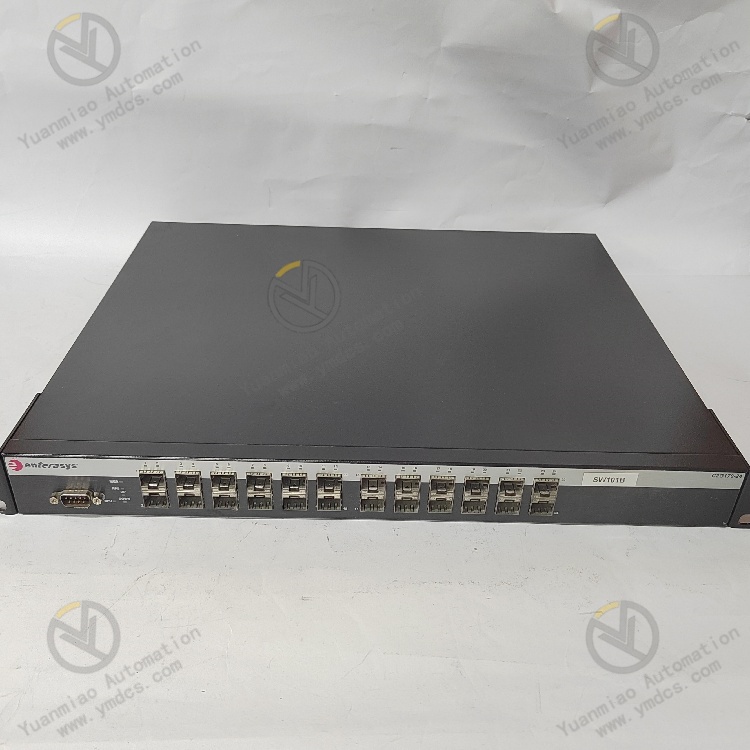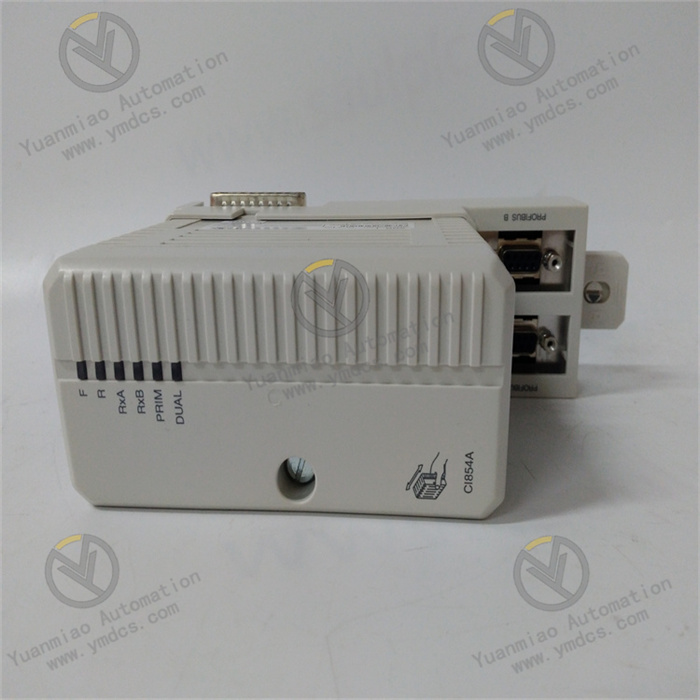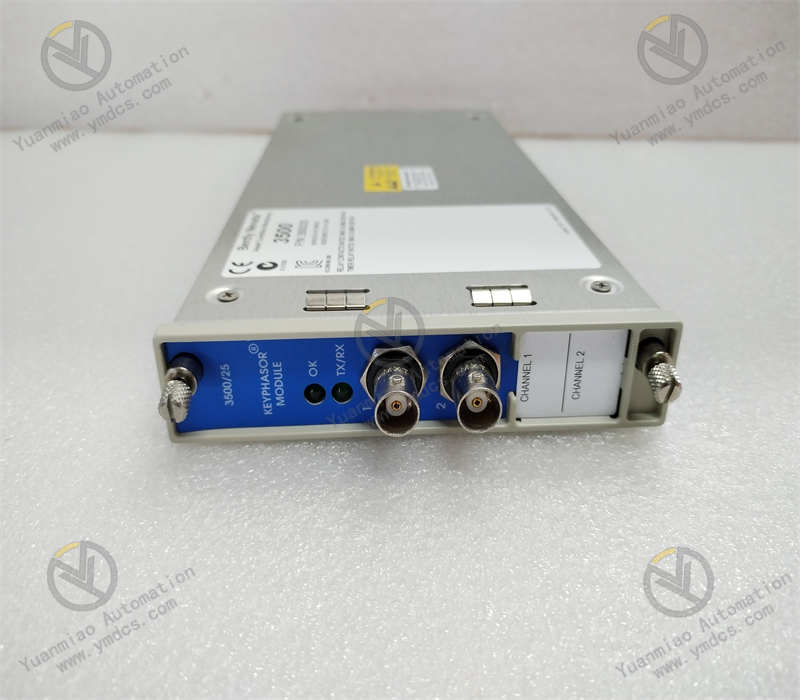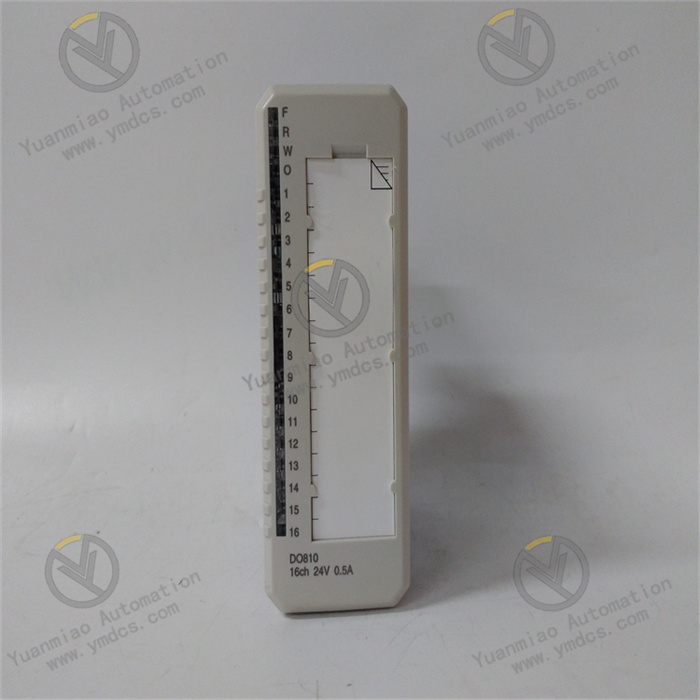Description
The Motorola MVME2432 is a powerful single-board computer launched by Motorola, which is commonly used in fields with high requirements for reliability and performance, such as industrial automation, military, and aerospace. Processor Performance: The MVME2432 is usually equipped with a high-performance processor, such as the PowerPC processor, which can provide powerful computing capabilities to meet the needs of complex real-time control and data processing tasks. For example, in an industrial automation production line, it can quickly process a large amount of data from various sensors and make corresponding control decisions in a timely manner. Memory and Storage: This device has a certain capacity of memory (such as DRAM) and non-volatile storage (such as flash memory). The memory is used for quickly storing and processing running programs and data, while the non-volatile storage is used for saving system configurations, program codes, and important data. Even in the event of a power outage, the data will not be lost.
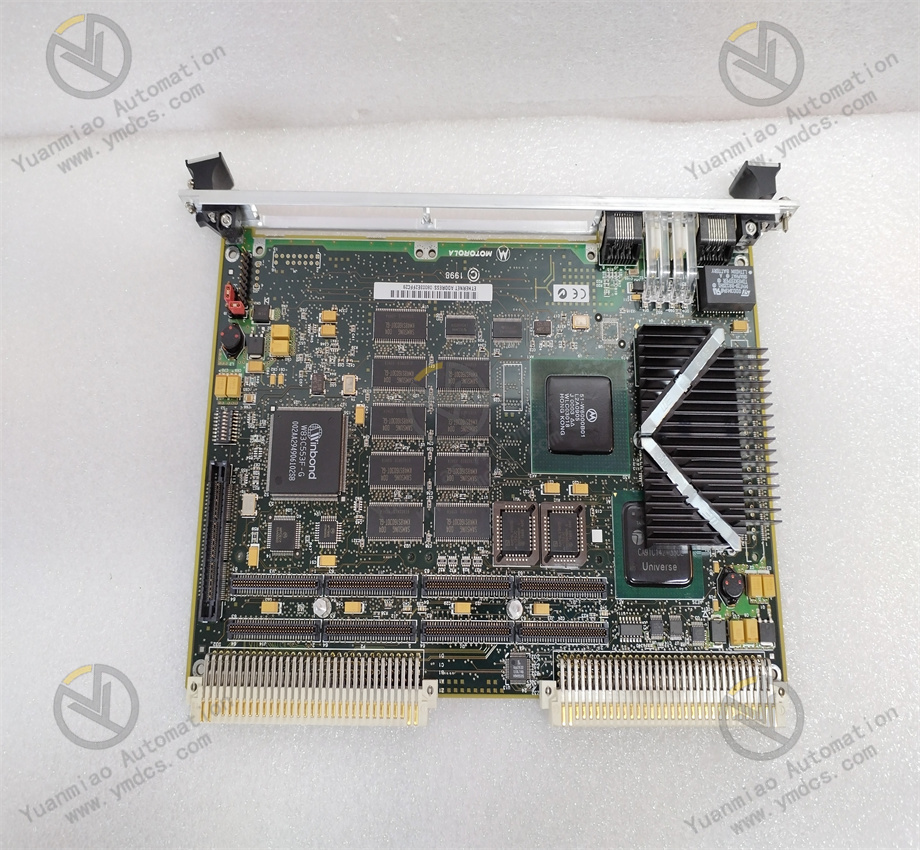
Rich Interfaces: It has a variety of interfaces. For example, the Ethernet interface is used to achieve high-speed network communication, facilitating data exchange and remote monitoring with other devices. Serial ports (such as RS-232, RS-485, etc.) can be connected to various serial devices, such as sensors and instruments. The PCI interface can be used to expand other functional modules, increasing the flexibility and expandability of the system. Real-time Operating System Support: It supports a variety of real-time operating systems (RTOS), such as VxWorks, Linux, etc. The real-time operating system can ensure that the system responds to external events within the specified time, meeting the strict requirements of real-time control applications. Robust and Durable Design: Considering the application requirements of industrial and other harsh environments, the MVME2432 adopts a robust and durable design. It has good anti-vibration, anti-shock, and anti-electromagnetic interference capabilities, and can operate stably in harsh environmental conditions such as large temperature variations and high humidity. Application Fields: In industrial automation, it can be used for the control, process monitoring, and data collection of factory automation production lines. In the military field, it is suitable for weapon control systems, military communication equipment, etc. In the aerospace field, it can be applied to the control systems, data processing, and monitoring systems of aircraft.
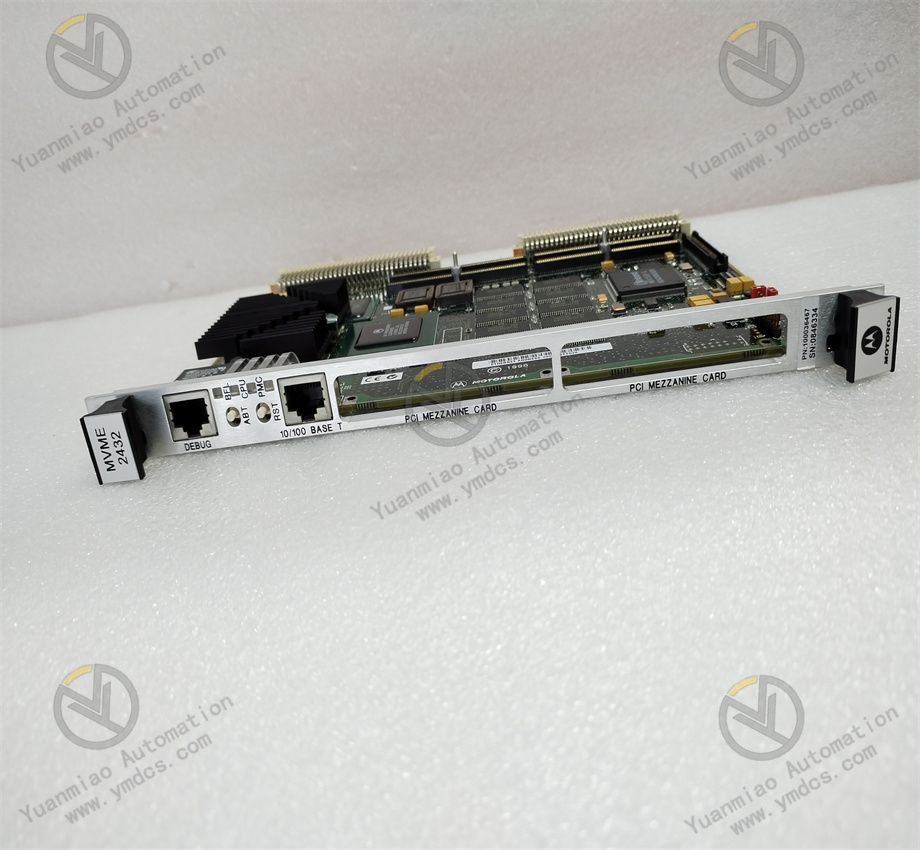
Its Working Principle: Processor Core Operation: The MVME2432 usually carries a PowerPC processor as the core operation unit. After the system starts, the processor reads and loads the bootloader and the operating system kernel from the non-volatile storage device (such as flash memory) into the memory (such as DRAM). Then, the processor performs data processing and logical operations according to the program instructions and executes various tasks. For example, in industrial automation control, the processor receives input data from sensors, analyzes and calculates it, and generates corresponding control signals according to the preset algorithms and control strategies. Memory Data Interaction: The memory (DRAM) is used for temporarily storing running programs and data. When the processor executes tasks, it will frequently perform data read and write operations with the memory. When the processor needs to process data, it reads the data from the memory; after the processing is completed, it writes the results back to the memory. In addition, the memory is also used to store the runtime status information of the operating system and application programs to ensure the efficient operation of the system. Data Storage in Storage Devices: The MVME2432 is equipped with non-volatile storage devices, such as flash memory. The flash memory is used to store the operating system, application programs, configuration files, and important data records, etc. Even if the system loses power, the data in the flash memory will not be lost. When the system starts, the processor reads the necessary information from the flash memory to initialize the system. At the same time, during the operation of the system, users can save some important data to the flash memory for subsequent query and analysis.
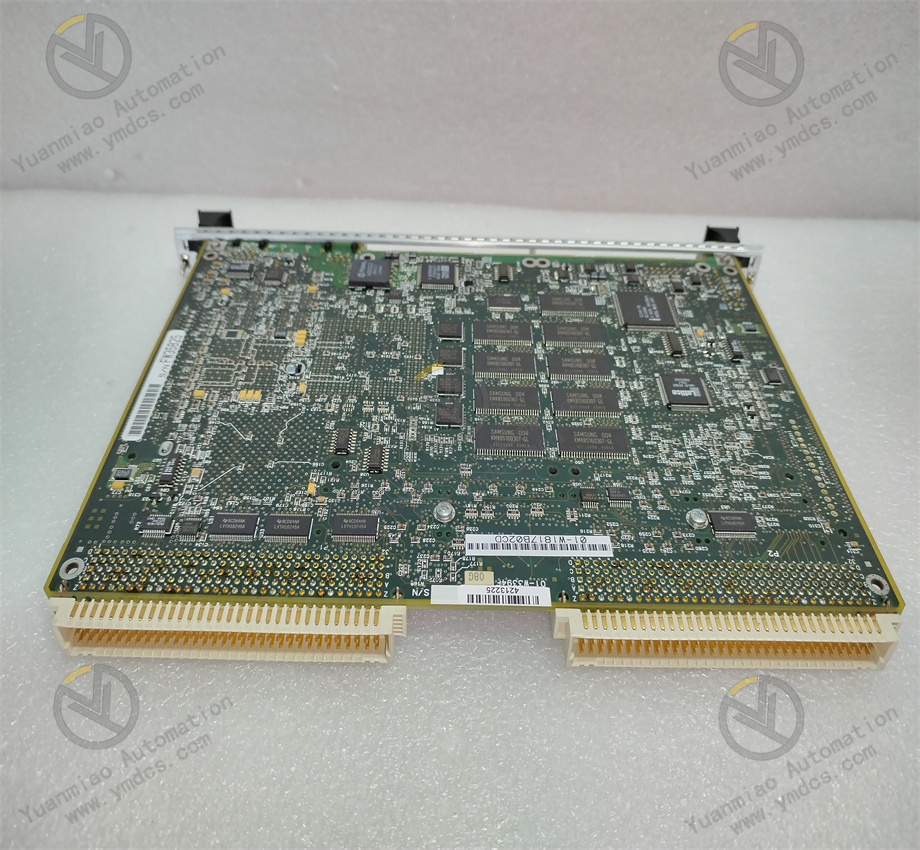
VME Bus Communication: The MVME2432 is based on the VME (Versa Module Eurocard) bus architecture. The VME bus is a high-performance parallel bus used to connect various modules in the system, such as the processor module, I/O module, storage module, etc. The MVME2432 conducts data transmission and communication with other modules through the VME bus. For example, it can send control instructions to the I/O module through the VME bus and read sensor data; it can also share data and work collaboratively with other processor modules.
Data Transmission of Interface Devices: The MVME2432 provides a variety of interfaces, such as the Ethernet interface, serial ports (RS-232, RS-485, etc.), PCI interface, etc. The Ethernet interface is used to achieve high-speed network communication, enabling the MVME2432 to exchange data with other network devices and achieve remote monitoring and control. The serial ports are used to connect serial devices, such as sensors and instruments, to achieve data collection and transmission. The PCI interface is used to expand the functions of the system. Users can insert various PCI interface cards, such as data acquisition cards and communication cards, to meet different application requirements.
Real-time Operating System Support: The MVME2432 supports a variety of real-time operating systems (RTOS), such as VxWorks, Linux, etc. The real-time operating system is responsible for managing system resources, including processor time, memory, I/O devices, etc., to ensure that the system can respond to external events in real time. Under the scheduling of the real-time operating system, the MVME2432 can execute various tasks efficiently according to the priority and time requirements of the tasks, ensuring the real-time performance and reliability of the system.


